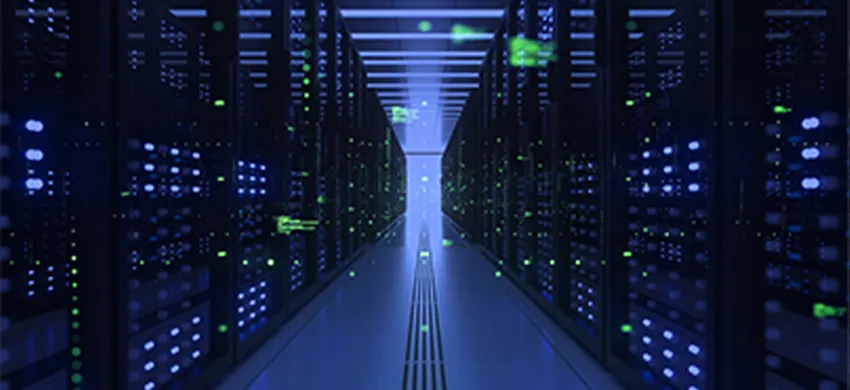Ⅰ. General structure of fiber optic connectors
The main purpose of the optical fiber connector is to realize the connection of the optical fiber. Now it has been widely used in optical fiber connectors in optical fiber communication systems, with many types and different structures. However, the basic structure of various types of fiber optic connectors is the same. That is, most of the optical fiber connectors use high-precision components (composed of three parts: two pins and a coupling tube) to realize the alignment and connection of optical fibers.
In this method, the optical fiber is inserted and fixed in the pin, and the surface of the pin is polished to achieve alignment in the coupling tube.
The outer components of the pins are made of metal or non-metal materials. The butt end of the pin must be polished, and the other end usually uses a bend limiting member to support the optical fiber or optical fiber cable to relieve stress.
The coupling tube is generally made of a two-half composite, fastened cylindrical member made of ceramic or bronze and other materials, and is often equipped with a metal or plastic flange to facilitate the installation and fixation of the optical fiber connector. In order to align the optical fiber as accurately as possible, the processing of the pin and the coupling tube requires high precision. And the fiber optic accessories suppliers are supposed to conctrol quality strictly.
Ⅱ. The common performance of fiber optic connectors
The performance of the optical fiber connector: firstly, the optical performance, in addition, the interchangeability, repeatability, tensile strength, temperature, and plug-in times of the optical fiber connector must also be considered.
1. Optical performance: The requirements for optical performance of fiber optic connectors are mainly the two most basic parameters of insertion loss and return loss.
Insertion loss, or connection loss, refers to the loss of effective optical power of the link caused by the introduction of optical fiber connectors. The smaller the insertion loss, the better, and the general requirement should be no more than 0.5dB.
Return loss refers to the ability of standard fiber optic connectors standard fiber optic connectors to suppress the reflection of link optical power, and its typical value should not be less than 25dB. In the actual connector, the pin surface has been specially polished, which can make the return loss greater, generally not less than 45dB.
2. Interchangeability and repeatability
Optical fiber connectors are universal passive components. For the same type of optical fiber connector, generally can be used in any combination, and can be used repeatedly, the additional loss introduced by this is generally in the range of less than 0.2dB.
3. Tensile strength
For a finished fiber optic connector, it is generally required that its tensile strength should not be less than 90N.
4. Temperature
It is generally required that the optical fiber connector must be able to be used normally at a temperature of -40°C to +70°C.

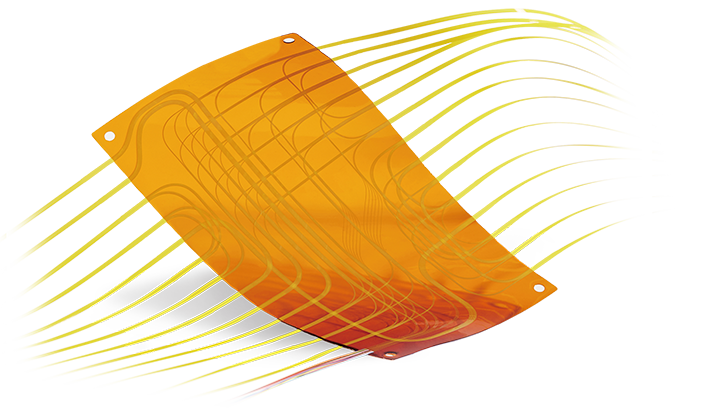 Fiber Optic Flex Circuit (FOFC)
Advanced Simulation & Optimization, High Positioning Accuracy, Flexible Customization, Rigorous Reliability Testing
Fiber Optic Flex Circuit (FOFC)
Advanced Simulation & Optimization, High Positioning Accuracy, Flexible Customization, Rigorous Reliability Testing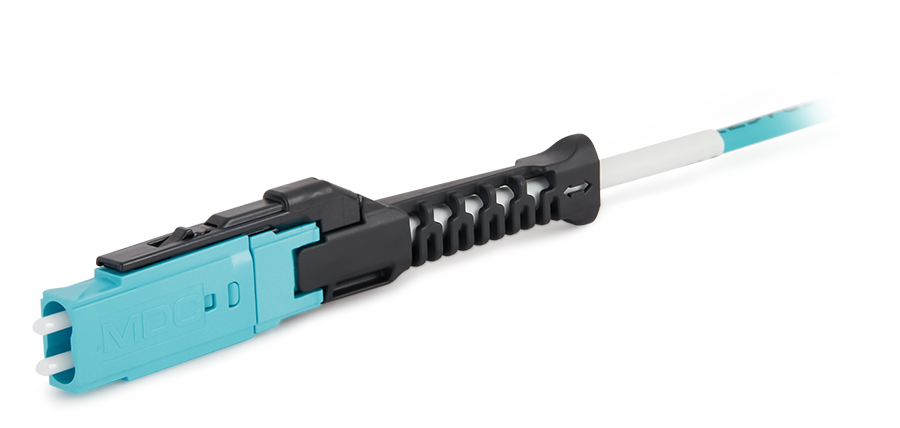 MDC Solution
US Conec's MDC connector is a Very Small Form Factor (VSFF) duplex optical connector, expertly designed for terminating single-mode and multimode fiber cables with diameters up to 2.0mm.
MDC Solution
US Conec's MDC connector is a Very Small Form Factor (VSFF) duplex optical connector, expertly designed for terminating single-mode and multimode fiber cables with diameters up to 2.0mm.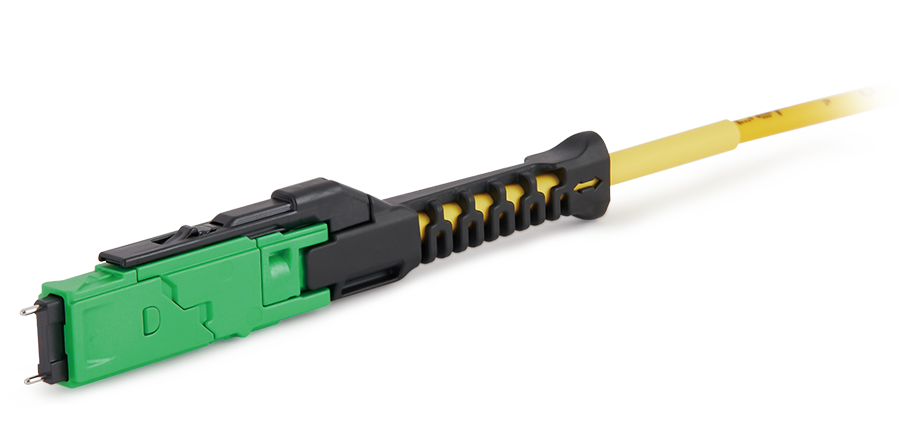 MMC Solution
US Conec's Very Small Form Factor (VSFF) multi-fiber optical connector that redefines high-density connectivity with its cutting-edge TMT ferrule technology and intuitive Direct-Conec™ push-pull boot design.
MMC Solution
US Conec's Very Small Form Factor (VSFF) multi-fiber optical connector that redefines high-density connectivity with its cutting-edge TMT ferrule technology and intuitive Direct-Conec™ push-pull boot design. EN
EN
 jp
jp  fr
fr  es
es  it
it  ru
ru  pt
pt  ar
ar  el
el  nl
nl 

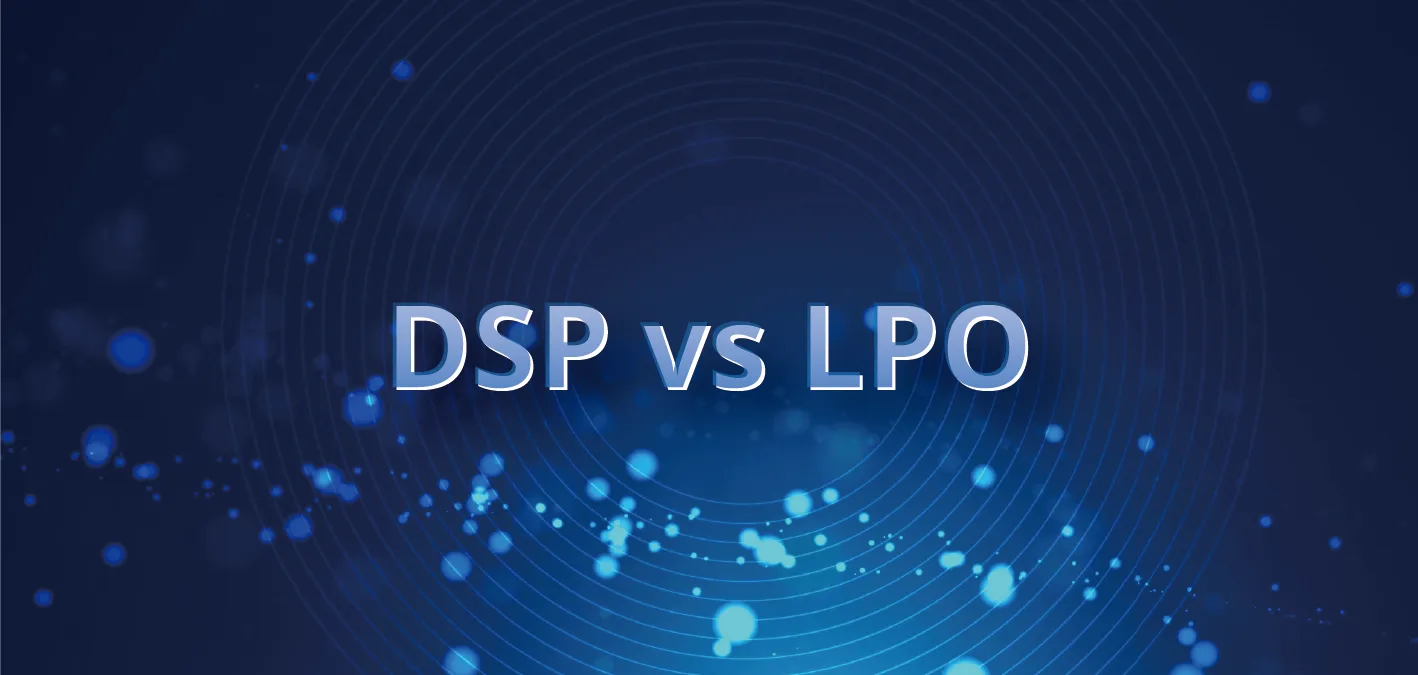
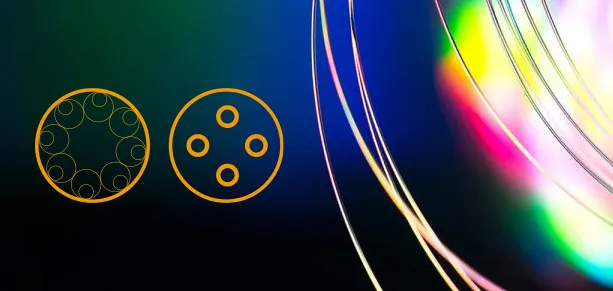
_and_High-Reflection_(HR)_Optical_Coatings.webp)
